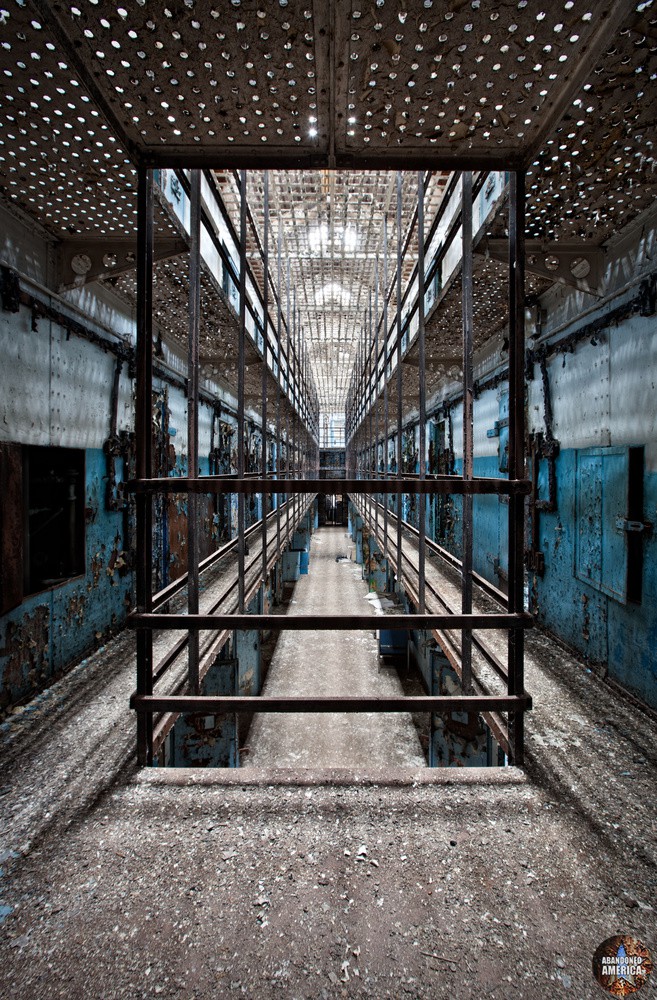

It is believed that during his residence in Venice he also knew and studied the etchings of Tiepolo.Ĭertainly Piranesi's most often discussed prints are in his etched Prison series, the Carceri d'Innenzione. From Giuseppe Vasi he had learned etching and engraving, and most of his plates are a mixture of these two techniques.

In 1831 Francesco Piranesi did, however, publish an account of his father's career, part of which reads: "In an age of frivolities, he boldly and singlehanded dared to strike out for himself on a new road to fame: and in dedicating his talent to the recording and illustrating from ancient writers the records of former times, he met with a success as great as it deserved, combining, as he did, all that was beautiful in art with all that was interesting in the remains of antiquity."īorn in Venice, Piranesi yearned for Rome, and there he lived and worked most of his lifetime, dedicating himself to studying, measuring, and drawing its architectural treasures. His two sons knew this manuscript and, with additions based on their recollections, prepared their own version, which was submitted to an English publisher.
#Piranesi prison full#
"Invenzioni capric di carceri: The Prisons of Giovanni Battista Piranesi (1720-1778)," Getty Research Journal 2 (2010): 153.ġ7Marchesano, “Invenzioni capric di carceri,” 151.Giovanni Battista Piranesi not only produced an incredible number of etchings and engravings, but is known to have written an autobiography which was reputedly as full of swashbuckling incidents as that of Benvenuto Cellini. 17ġ4Lucchi, Lowe, Pavanello, The arts of Piranesi, 125.ġ5Marchesano, Louis. The prisons of I Carceri stand out as one of his major achievements. For example, in Italy, a popular representation of the sublime involved depictions of Mount Vesuvius erupting, a terrific and devastating event. The images presented by these plates would have been deeply haunting to his audience as an expression of the sublime, a style founded in the emotion of terror which was becoming fashionable in the art world.

16 In these prints, Piranesi demonstrated an investment in a unique visual experience for the viewer, evidenced by the tug of war between light and shadow. No other prints by Piranesi force the eye to move so deeply inward and upward. Piranesi’s dabbling in stage design must have also been an influence in the invention of I Carceri, as the fantasy and narrative of such architecture is omnipresent. 15 The second edition of I Carceri was inspired by his obsession with archaeology and antiquity and was influenced by the impressions he gathered in Rome. I Carceri allowed Piranesi an experimental outlet with which he ventured into his interests of scale and monumentality. Piranesi betrays the rules of perspective and even hides important elements of the architecture itself when his etched lines fade into the edges of the paper. In I Carceri, Piranesi never presents an entire building, nor does he ever give enough information to distinguish the complete form of the structures, as in The Pier with Chains. In both pieces, there is a sense of cluttered and claustrophobic space, endlessly extending structures, and impossible structures. The Man on the Rack and The Pier with Chains, representative examples of I Carceri, both contain large cavities of space and gigantic pillars, buttresses, walls, and arches. 14 These pieces represented unrealistic architectural structures that have little to do with actual prisons. In I Carceri, Piranesi explored the possibilities of perspective and spatial illusion while pushing the medium of etching to its limits.
#Piranesi prison series#
Piranesi created the series of convoluted prison interiors, I Carceri, after being influenced by his upbringing in the printmaking scene in Venice.


 0 kommentar(er)
0 kommentar(er)
